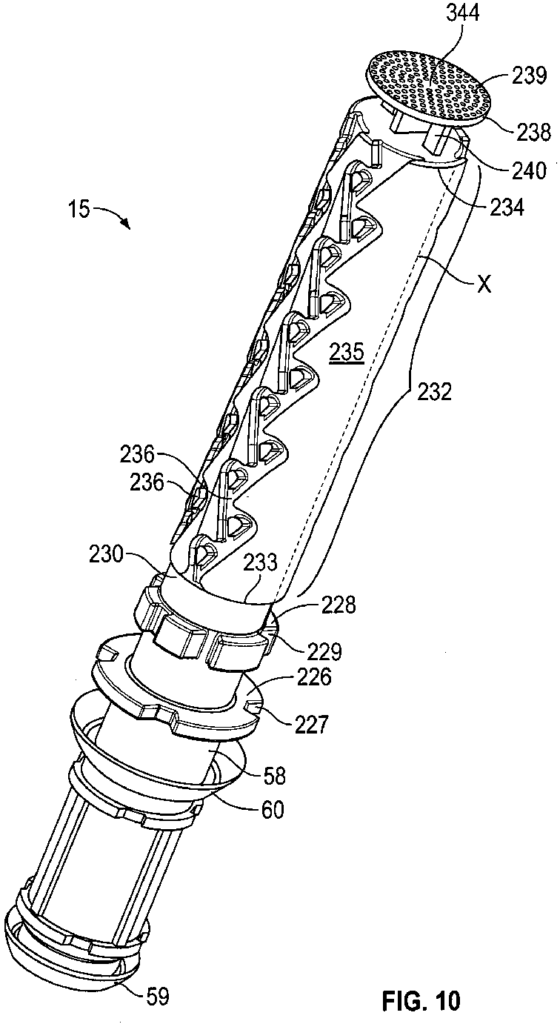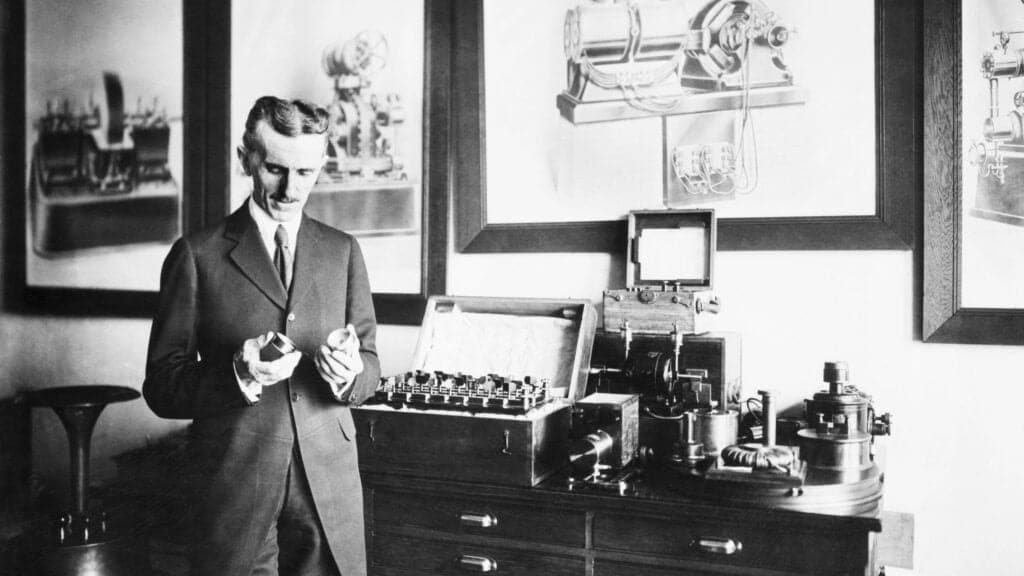A one-way water valve with no moving parts invented over 100 years ago by Nikola Tesla could be adapted to pump fluids around engines using otherwise wasted energy.
Nikola Tesla patented his “tube conduit” in 1920 (here is the patent). Things?
It is essentially a tube with an intricate internal design that forces water to recirculate itself at various points along its length. When water flows through these “rings” it becomes turbulent and slows down, interrupting the flow.
If you let the water flow in the other direction, so that it does not enter the rings, it flows freely.

Ritorno al futuro
Leif Ristroph of New York University and his colleagues they built a 30-centimeter version of the valve, following Nikola Tesla's original plan, and they measured flow in both directions at a variety of pressures.
Although Tesla stated in his patent that the valve it could make water flow 200 times slower in one direction versus the other, the team found that their version makes it only twice as slow.
Nikola Tesla was a genius. It is not clear whether he actually produced and tested a version with the performance he claimed. I suspect so, but there is no documentation on this.
Leif Ristroph
Even so it is very useful
Although the effect of the tube conduit is much less than Nikola Tesla claimed, the artifact is still very useful, Ristroph says, especially because it has no moving parts, so it could be completely maintenance-free.
“It's been proposed for use in the past, but no one had ever done a thorough hydrodynamics job to understand how well it works,” Ristroph says.
Ristroph believes that Nikola Tesla designed the valve conduit to apply his discoveries aboutthe energy. Alternating current sees electrons constantly reverse their direction, but when converted to direct current they effectively flow in a cycle.
The Ristroph team even created a ring of Nikola Tesla's water valves to mimic his electrical converter, finding that the device successfully took water flowing back and forth from a piston and converted it into a steady stream of water , effectively transforming it into a pump.
What can Nikola Tesla's tube duct be used for?

The team believes the project could exploit vibrations in engines to pump fuel, coolants, lubricants and other gases and liquids.
Imagine having fluid pumping systems that take advantage of the existing vibration of an engine. They have no moving parts. They would never break.


